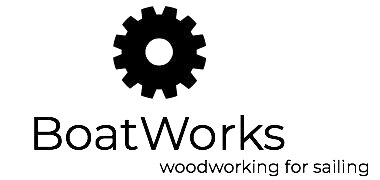Bar-Let. Tilt-shift, no draw-band gem from Nottingham.
If I recall correctly it was Adam who sent it to me. The poor, little fellow (typewriter, that is) was reacting only to space-bar but carriage was not advancing when keys were pressed.
Turns out it was this spring which was missing.
After adding it the machine woke up to life, although reluctantly due to thick layer of debris everywhere.
Thin and lightweight as she seems - it still has an outer shell which can easily be removed. After unscrewing a few short screws the machine can be wiggled upwards and out.
Segment and a few other parts are in cast iron, all the rest is pressed plate. Hence light weight and, probably, lower production costs.
My specimen was too dirty to consider simple cleaning. I decided to pull off the segment and type bars for deep cleaning.
Order in which type-arms are installed. Makes life easier to document each step.
When removing the platen one is wise doing many pictures of both sides of the carriage. After the central rod is removed all falls into pieces. Here is my reference gallery, it prove useful when building up the machine afterwards.
Nice thing about carriage on Bar-Let is that it tilts upwards upon FIG and CAP and there is only gravity which keeps it from tilting all the way. One can lift it up 90 degrees and easily gain access to underside of the works.
Each type-arm link seems to be same as others but they are not. Each belongs to one and only one arm, they are custom-formed into these “kind-of” ornamental forms.
I found out the hard way that keeping links assigned to their arms is a wise thing if one does not fancy metal-puzzle games.
Paper-feed rollers were busted, as expected. They sit on brass wire, pinched in place, locking it. One must cut it to remove the roller.
I made new rollers from silicone tubing and heat-shrink sleeves.
One last thing was to adjust escapement dog spring. The original was becoming too tired.
When the carriage was at the beginning of line (spring at highest tension) it was too much friction on the star-wheel to pull back the loose dog.
I’ve adjusted the spring by making it 2 coils shorter.
That is, by the way, a cool mechanism on Bar-Let: there is no draw band. Instead the star-wheel is itself spring-loaded and it is this which drives the carriage. Works fine on such lightweight construction, I suppose.
And so the cleaning and basic adjustments were done.
I assembled the whole mechanism, spooled a fresh ribbon and tried typing. Type alignment was a disaster, many arms stopping in type-guide due to misalignment.
It took a good deal of time to make them work at least but there is still a good bit to go if one wants to achieve proper alignment.
Not sure I’m gonna try further with improving the alignment. It is not a machine I would like to write longer texts.
I took her home for a concluding photo session.
Same as Robert Messenger I am also under the spell of this slightly curved keyboard and ribbon spools turrets.
Simple controls on this machine.
No bi-chrome selector, instead manual reverse and no-ribbon-advance (for spooling) as middle position.
Dedicated, standard width ribbon spools.
Line-advance as pinch-it lever. Single and 1.5 line advance. Ratchet release (non-locking). That’s it for the left side controls.
Right side houses carriage release (pinch-it, again) and single platen knob.
Serial number 10360 places its production around 1933.



















